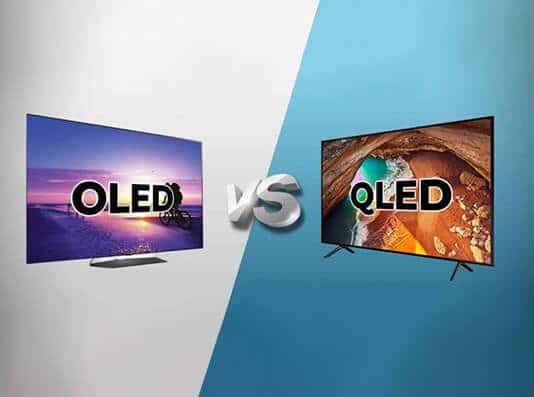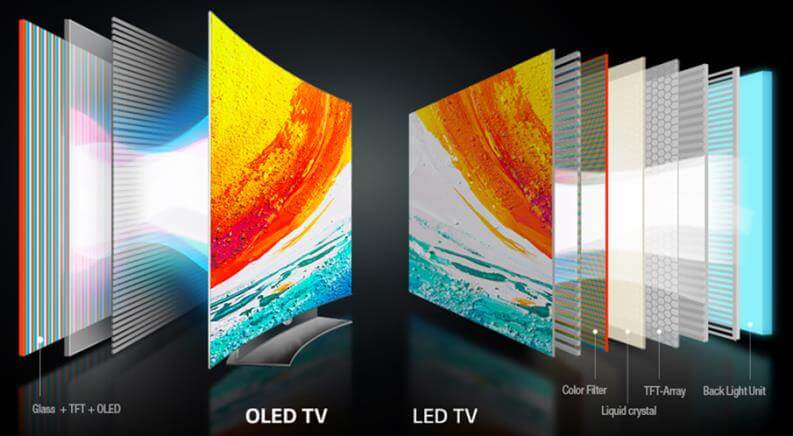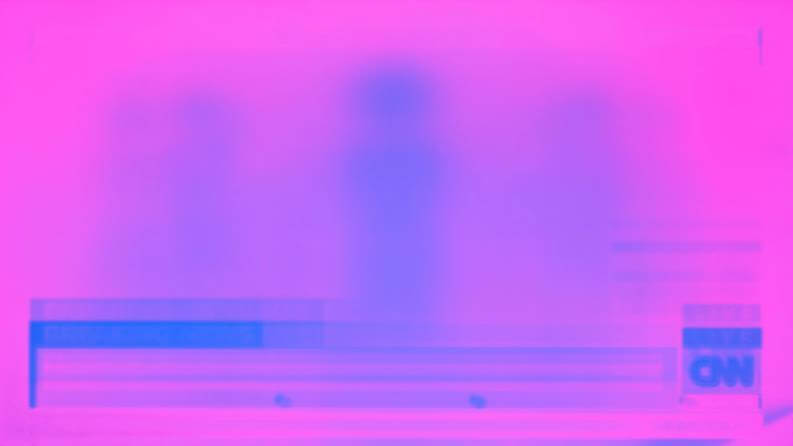OLED or QLED, which is the best technology?
– Learn these tips and tricks on how to use your devices in a much easier way as well as solved some of your common problems that are difficult.
If you have decided to read this article it is surely because you are wondering if a TV is better OLED o QLEDso you can choose a TV that suits your needs based on the technologies used and the characteristics they have on the market.
The battle between the various TV technologies is now a constant that has been going on for a very long time. Initially the dispute was between CRT (cathode ray tube) and LCD televisions. Then we moved on to the clash between LCD and plasma TV. Today, however, those who want a high-end TV are faced with the dilemma of which to choose tra OLED e QLED.
In this article we will carefully examine these two types of televisions that are very popular and advertised today.
The battle between these two technologies can be simplified in a single sentence: QLED technology is an evolution of the already existing LCD technology, while OLED is something completely new.
Definition of QLED and OLED
Before going into the more technical details of our comparison, let’s start with the definitions.
First we focus on QLED technologythis technology uses Quantum Dots (quantum dots) to filter and return purer light than traditional technologies.
The acronym QLED therefore indicates a particular family of LED panels, currently an exclusive category of Samsung. Since 2017, the QLED Alliance has been created and includes other brands such as TLC and Hisense. So it is possible to find TVs with this technology also from other brands that are not Samsung, this has allowed a certain reduction in prices.
Instead, the technology YOU ARE (Organic Light Emitting Diode) is a technology that uses organic diodes (Organic Diodes) and the light is emitted from them. The single diodes, composed of electroluminescent organic material, are in fact able to switch on and off independently, and moreover, the single diode is able to switch off completely, thus offering perfect blacks.
Initially the OLED technology it was an LG exclusive, the manufacturer of the panels. In recent times, more and more brands have embraced innovation, noting the high performance and growing demand.
In particular, brands such as Philips, Sony, Hisense and Panasonic use it, but the manufacturer of the panels always remains LG, which is why the prices are always very high.
OLED or QLED? Here are the differences
Now is the time to go into detail and see the difference between OLED and QLED.
Let’s start with the contrast, this is a workhorse of the OLED televisions that have “absolute blacks“. This is possible thanks to the complete switching off of the organic diodes and this leads to a higher overall quality of the colors, given by the incomparable contrast.
I TV QLEDwith the screen off, in the absence of backlighting, they also offer perfect blacks, but they cannot do it while playing video content, as the external backlight system must necessarily be activeand will illuminate, even if slightly, even the areas that should be in the dark.
This lack can be compensated for by using the local dimming, feature present in some high-end TVs, which allows you to adjust the brightness in some particular areas of the screen.
When it comes to blacks and contrast, OLEDs are unrivaledbut the speech changes when we talk about brightness.
Normal LEDs are able to offer better brightness peaks than OLEDs, with the addition of Quantum Dots, this level improves further, reaching peaks of up to 1300 nits. OLEDs, on the other hand, guarantee peaks of about 700 nits.
So clearly QLED displays have the advantage for playing HDR content in bright environments.
Delving into the backlighting of OLED and QLED screens this is not able to arrive uniformly in all areas of the screen and it follows that there are less illuminated areas. Differences in lighting cause blurring and a general loss of definition in the corners.
As for theuniformity of lighting and grays, in OLED screens, due to their structure, is much better and the definition in the corners is also better.
From the point of view of resolution QLED and OLED TVs are able to offer exactly the same performance: i.e. they support 4K and Ultra HD resolutions, the latest models also 8K.
The response time it is a measure that indicates the time it takes for a single pixel to turn on and off. Faster response times mean sharper, smoother and more true to life images. From this point of view the OLEDs are way ahead of QLEDs.
Finally the thickness, the OLED screens are noticeably thinner counterpart, as they need fewer layers to function.
Going to the perceived quality of the imageconsumer surveys point out that compared two screens the majority of these tend to prefer OLEDs. However, it is important to point out that the quality of products with QLED technology, such as entry level QLED televisions, is significantly lower than high-end models. This difference is less marked in OLED products, even entry level OLEDs usually offer high performance.
The Burn-in and Temporary Retention
Just like plasmas, early OLEDs temporarily retained statically reproduced images on the screen for a long time. Leaving the same image on the screen for hours sometimes this left a faint halotoday this fortunately no longer happens, every OLED on the market has its own prevention systems that avoid the mentioned inconvenience image retention (temporary retention, in our language).
To delete theimage retention there are also automatic refreshing systems, such as the Pixel Refresher function on LG, which can be started manually or with the notification to activate it after 2000 hours of use.
Despite these precautions, however, theOLED is recommended for a gaming PC, on the other hand, it is less recommended for work use of 8 or more hours a day. In this case, in fact, a professional program or an operating system has too many static elements that in the long run could transform the temporary retention into the most serious Burn-in.
Burn-in, unlike image retention, is permanentthe defect mainly affected the first OLEDs, in practice displaying content with static elements for a long time, such as a channel with a luminous logo, after months of continuous use this remained permanently imprinted on the screen.
Over time, OLED manufacturers have included various prevention functions, one of these for example consists in the imperceptible displacement of the pixels used (same technique used by Apple on iPhones with OLED screens). OLED TVs have settings to avoid burn-in, such as the Screen Shift function (on LG) or Pixel Shift (on Sony) and there are also simple screen savers that start after a certain amount of time by lowering the brightness. .
Today the Burn-in phenomenon is very rareIn normal use, devices from 2017 to today have not yet presented problems and every year steps have also been taken to prevent it.
In any case, a TV OLED is not recommended to be used as a 24 hour powered appliance or as a working screen for your PCfor these functions Led and QLED are safer which have a different technology and will never have the Burn-in, even if in reality LED and QLED deteriorate over the years, for example a trivial loosening or detachment between the layers of the panel can generate disasters.
Other differences: prices and formats
Televisions with OLED technology have a minimum size on the market of 55 “while QLEDs of 43”. This means that customers who opt for the latter have a wider choice available.
If we talk about living room dimensions (medium-small) for a space that would fit a television smaller than 55 inches, the investment for an OLED may not be optimal, also considering the average higher prices.
In fact, from a price point of view OLEDs are positioned on a premium market with formats that can cost up to tens of thousands of euros. The ranges between 55 “and 65” have much lower and constantly decreasing prices, but still quite high. Instead, QLED screens cost on average, for the same size, about a third of OLEDs.



















